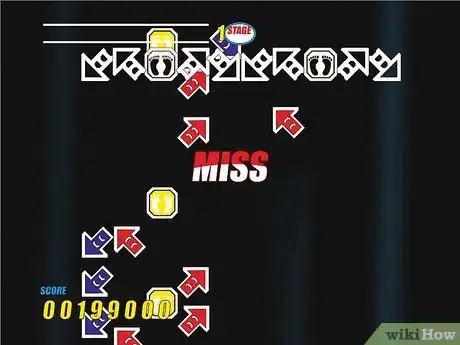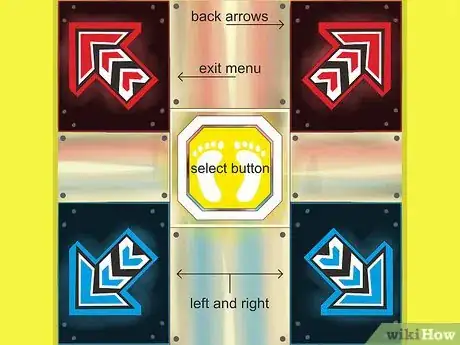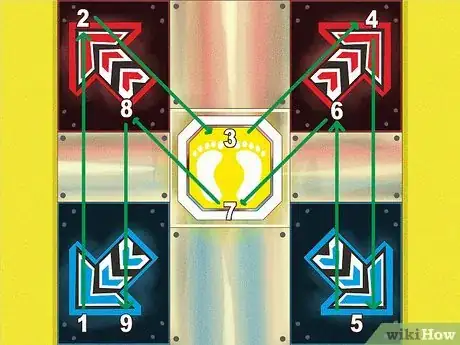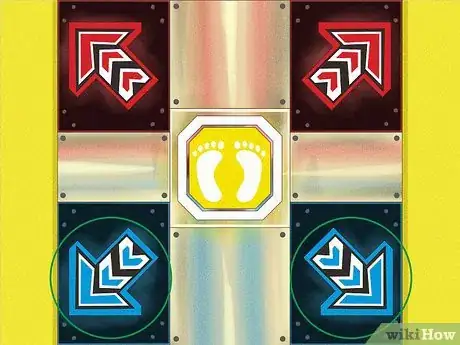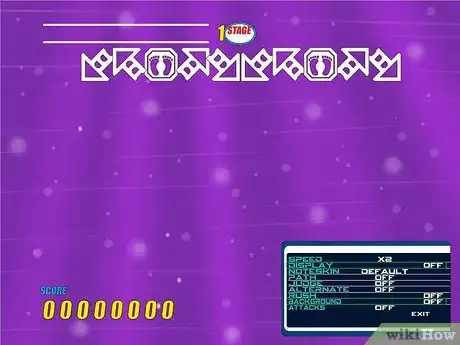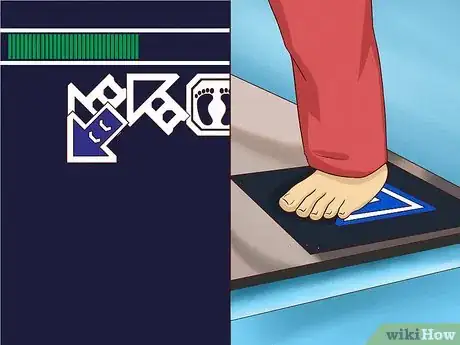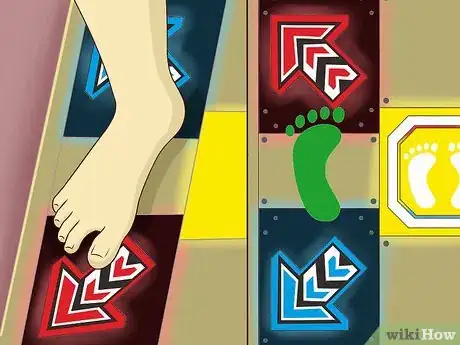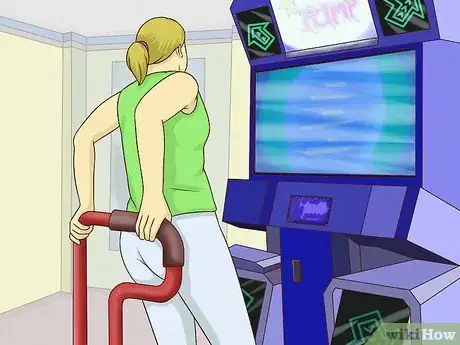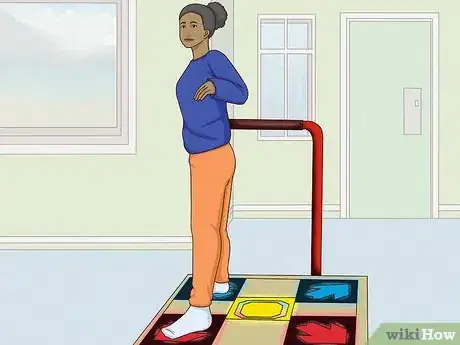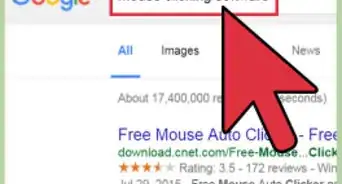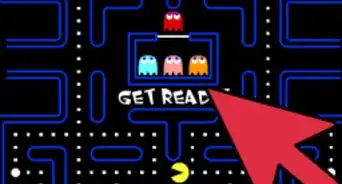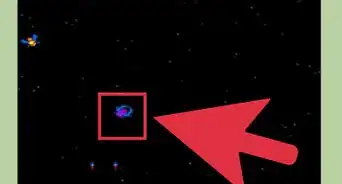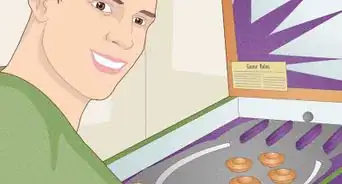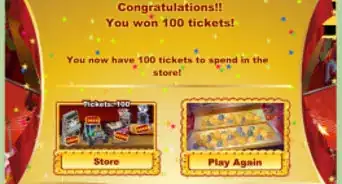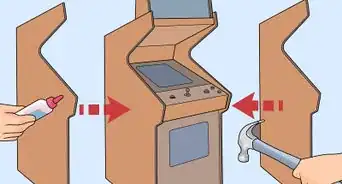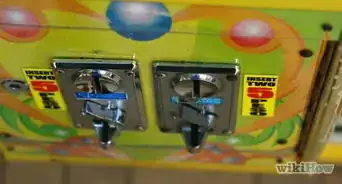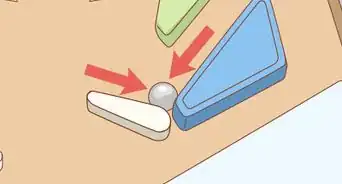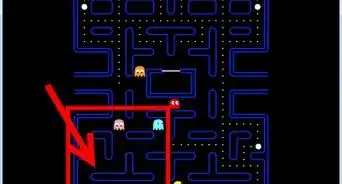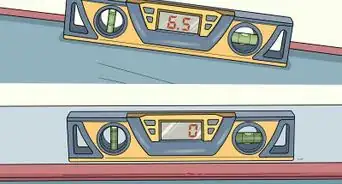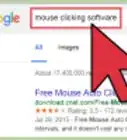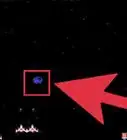X
wikiHow is a “wiki,” similar to Wikipedia, which means that many of our articles are co-written by multiple authors. To create this article, 12 people, some anonymous, worked to edit and improve it over time.
This article has been viewed 38,445 times.
Learn more...
You've taken an interest in the popular dance game Pump it Up, but becoming better seems intimidating and time consuming. Follow these steps and techniques, and becoming better will be quicker and more fun!
Steps
Method 1
Method 1 of 2:
Machine Options/Modifiers
-
1Find a machine with stage break turned off. Stage break is a mechanic/setting which automatically cuts off your song and ends your gameplay if your life bar ever reaches zero. Playing on a machine without stage break will penalize you less for challenging yourself, and allow you to "pass" difficult songs by scoring high enough even if your life bar reaches zero. Machines with break turned off will only end your session mid-song if you miss 51 consecutive notes, so even if you can't pass a song, make sure to hit a note every few seconds so that your session is not ended.
-
2Learn to navigate the menu. The two bottom blue arrows are the main selection arrows used to navigate left and right in menus. The upper red arrows serve the function as "back" arrows, regardless of which one is pushed. The middle arrow is the select arrow. Alternatively, the buttons on the cabinet can be pushed instead. Using your feet will save time, however.Advertisement
-
3Unlock full mode. This will give you access to a variety of modifications that will make your gameplay much more personalized. To unlock full mode, perform an "M" step pattern on the pad. The pattern goes like this: lower left, upper left, center, upper right, lower right, upper right, center, upper left, lower left. This seems like a lot, but it becomes easy when its shape is memorized.
-
4Open the modifier menu. This is done by alternating the left and right directional arrows, either on the arcade cabinet or on the bottom buttons of the dance pad. This menu allows you to access all the modifiers in the game, including vital functions such as note speed, animations, and skins.
-
5Once at the modifier menu, select "Speed". This is an important modifier that increases the space between notes, making them easier to read. Observe the BPM of the song you wish to play, and select a speed multiplier that increases the BPM to 500-600. For example, a song at 160 BPM would usually be easiest to read with a speed modifier of 3.5. Single integers can be selected, but adding .5 to the multiplier must be selected separately after the initial integer is selected. In Pump it Up Prime 2, simply selecting the "Auto Velocity" tab allows you to directly adjust the BPM.
-
6Select "Display", then select "BGA off". This category contains many advanced options, but the most important one is "BGA off". This turns off the background movie for the song you wish to play. Many players enjoy these videos, but in more difficult songs, these movies can distract and confuse players. Selecting this option gives you a plain black screen in order to clearly see the notes.
-
7Learn the heart system. You begin a session with four hearts. Passing regular length songs depletes one heart, and passing a full cut/remix loses two. Failing a song loses one more heart than passing it would. If you have one heart left you will only be given the option to play a "short cut" - a reduced length, increased difficulty version of a song. If you have two hearts left, passing a regular length song will deplete both of your hearts. This means that assuming you pass all songs, you will get to play 3 regular length songs. You should typically reserve songs you are not sure you can pass to the last song of the set, to make sure you maximize your play time. In Pump it Up Prime 2, you must get at least a C on a song with one heart to qualify for a short cut.
-
8Learn to read steps. The chart system can be very confusing at first, especially compared to other rhythm games like guitar hero. The key is to pay attention to color. Blue arrows are down and red arrows are up. You should be paying attention to the color more than the location on the row of the target zone or the shape of the arrow, because it is much easier to recognize that red is up and blue is down than to memorize the arbitrary positions of the arrows on the bar. If you make a habit of recognizing by color, not shape or position, you will notice improvements in sight-reading ability.
Advertisement
Method 2
Method 2 of 2:
Technique
-
1Alternate your feet. Many players feel the urge to use a dominant foot, or use the same foot for multiple notes if they are in the same region. This habit will not fly later on in the game, so get used to alternating your feet whenever possible. The exception is multiple of the same note in a row. This is not common, but using the same foot suffices in these cases much of the time.
-
2Minimize motion. It might seem counter intuitive for a dancing game, but for most players, advancing to higher levels is increasingly difficult unless a strategy is adopted for conserving stamina. Keep your feet flat whenever possible, using the heel of your foot to hit the rear pads and toes to hit the front most pads. Do not stomp on the pads, use as little pressure as you can. Adopt these habits, and you will notice yourself getting far less tired and moving faster for longer periods of time.
-
3Use the bar. This serves to give the body a balance point, and drastically reduces the difficulty of balancing ones body weight. This is an optional step if you enjoy increased energy usage and athletics, but it is widely accepted that the bar allows all players to enjoy higher levels of difficulty at all skill levels.
-
4Turn your body appropriately. Pump it Up has unique patterns, called "crossovers", that make adjusting your body vital. Instead of using the same foot to hit two same-side notes consecutively, remember the first rule and turn your body so that both feet are on the same side of the pad. This is a very difficult habit to adopt, but it will become natural as your muscle memory adapts. Pay attention to the patterns on the screen, and if you notice a crossover, immediately remember that doing these properly is vital. If you notice yourself trying to do a crossover improperly, stop yourself if you can without failing the song. It is better to miss crossovers than do them improperly and reinforce poor technique. Note that at very high skill levels (think level 18+), breaking this rule may be necessary in order to facilitate stamina conservation. This is very difficult to achieve, but note that this is a flexible rule. It will pay off to develop turning adjustment skills early on however.
Advertisement
About This Article
Advertisement
